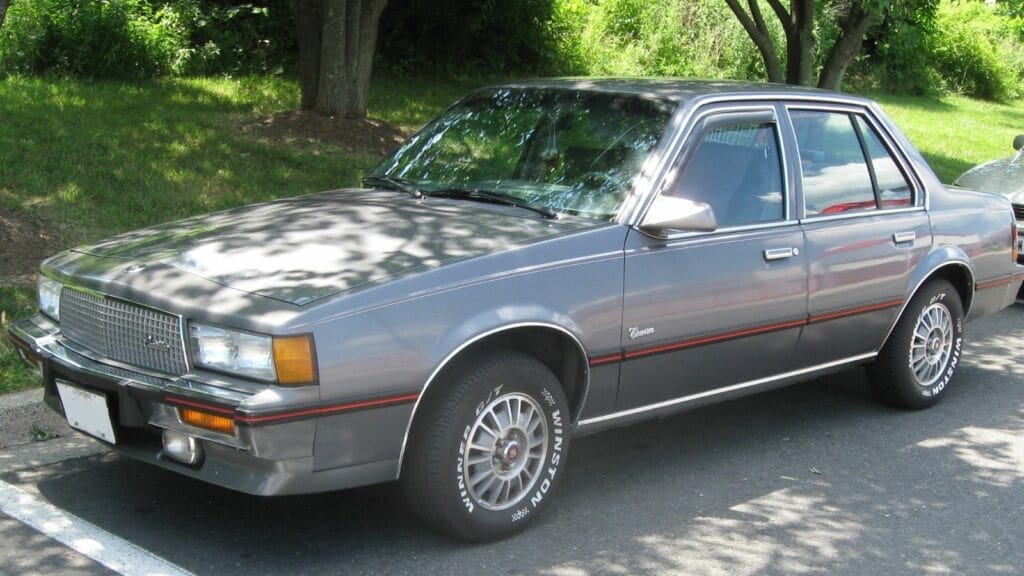The 1980s were a fascinating time in Canada. We had Trivial Pursuit, MuchMusic, and plaid flannel before it was ironic. Unfortunately, we also had an auto industry that, for some reason, collectively decided to build the dullest, slowest, most awkward cars in history. It was a time when a vehicle could come equipped with digital seatbelt warnings but lacked actual horsepower or personality.
Here are 20 cars you could actually buy in Canada during the 1980s that now serve as comedic relics. These are the rolling punchlines that made us grateful for public transit and block heaters.
Yugo GV
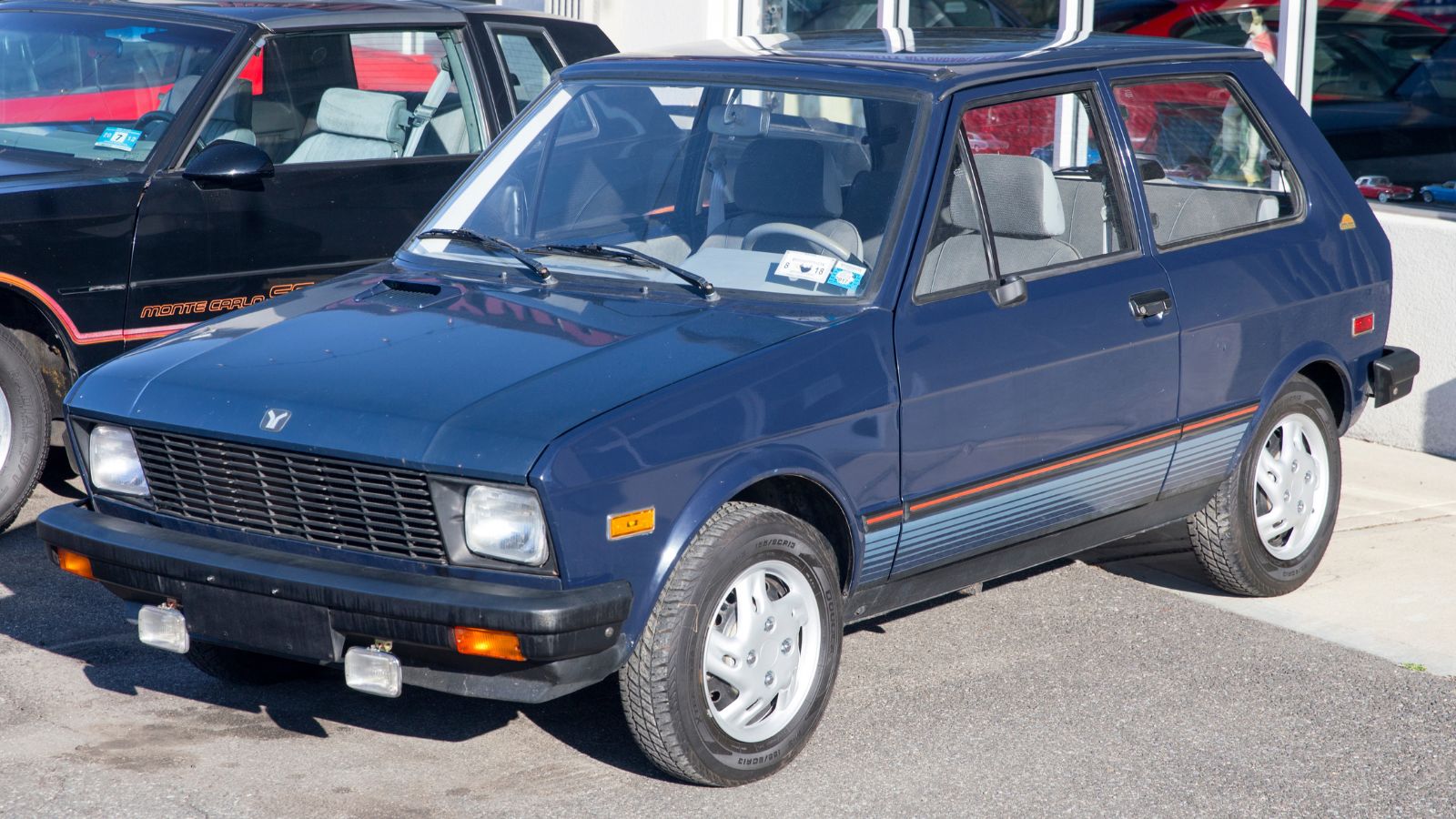
The Yugo was Canada’s idea of Eastern European affordability. Priced like a blender but built worse, the GV was as refined as a bar fight. It came with Soviet-grade engineering, zero rust protection, and an engine that sounded like it had bronchitis. Driving one through a Canadian winter was less about transportation and more about surviving an experiment in failure.
Chevrolet Citation
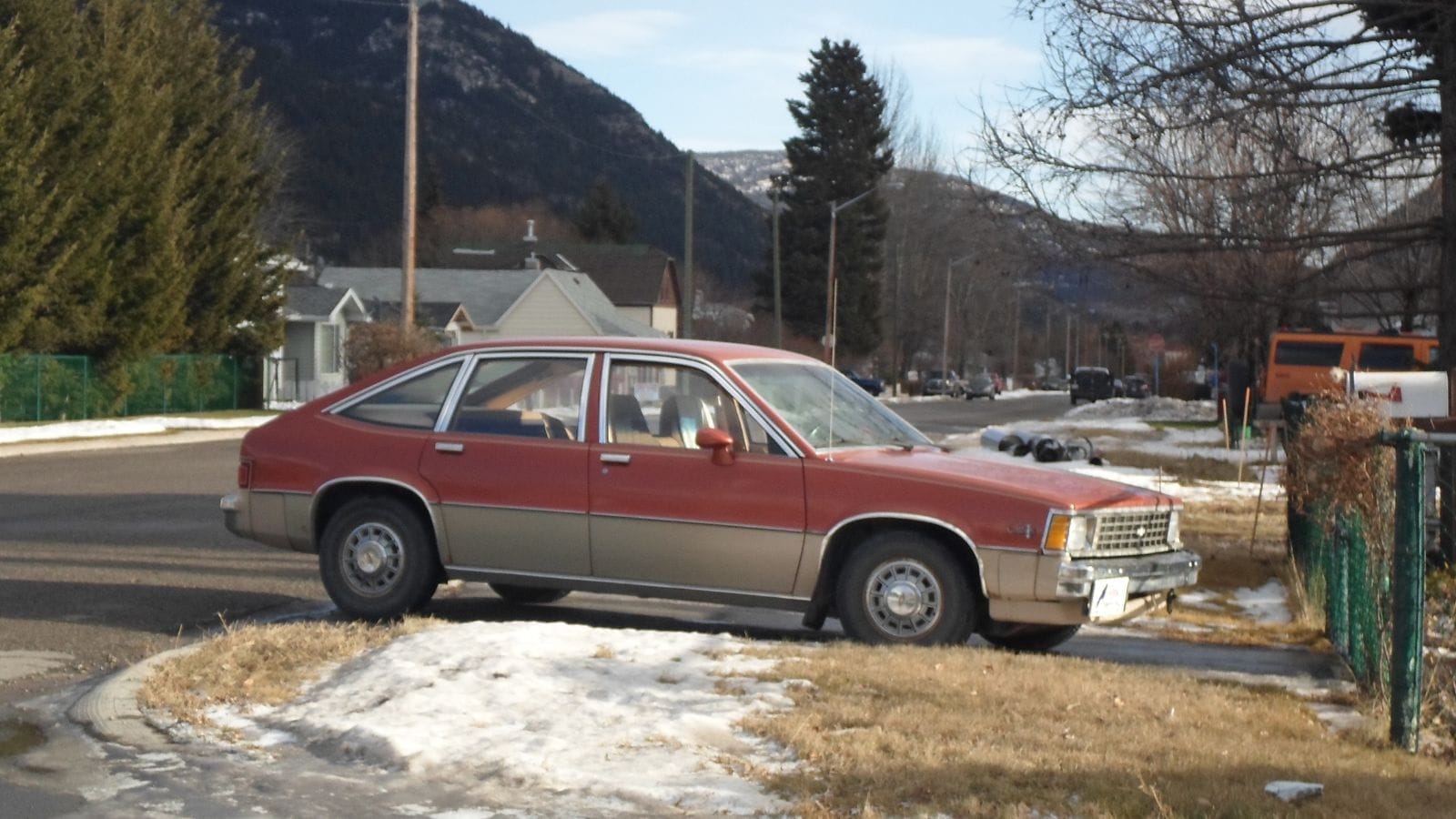
The Citation was supposed to be GM’s shining front wheel drive future. Instead, it squeaked, shook, and made your mechanic rich. The handling was twitchy, the interior was held together with visible screws, and the styling looked like it was designed using a ruler and no imagination. Canadian roads were not kind to it and neither were the people who bought one.
Cadillac Cimarron

If the goal was to insult the Cadillac name, mission accomplished. GM took a Chevrolet Cavalier, slapped some fake wood trim on it, and charged a luxury price. It had the personality of a nightlight and the performance of a bored librarian. Nothing said prestige in 1986 like sharing your platform with pizza delivery cars.
Pontiac Fiero (Early Years)
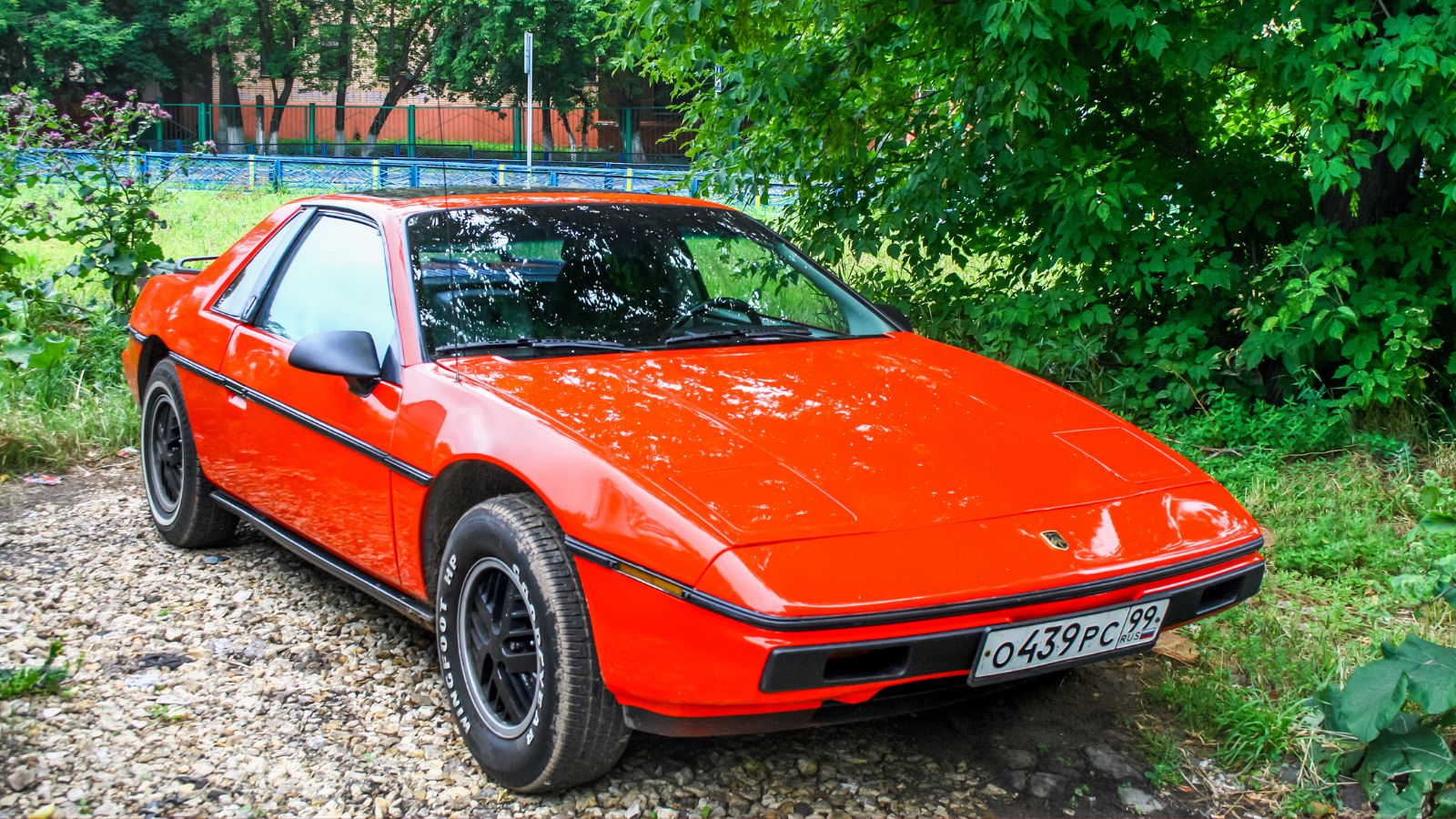
Canada got the Fiero with hopes of owning an affordable exotic. Instead, owners received an overheating toaster with a mid mounted lawnmower engine. The early Fieros had build quality issues, questionable engineering, and a tendency to self combust. By the time GM sorted it out, everyone had already moved on or sworn off plastic sports cars forever.
Hyundai Pony
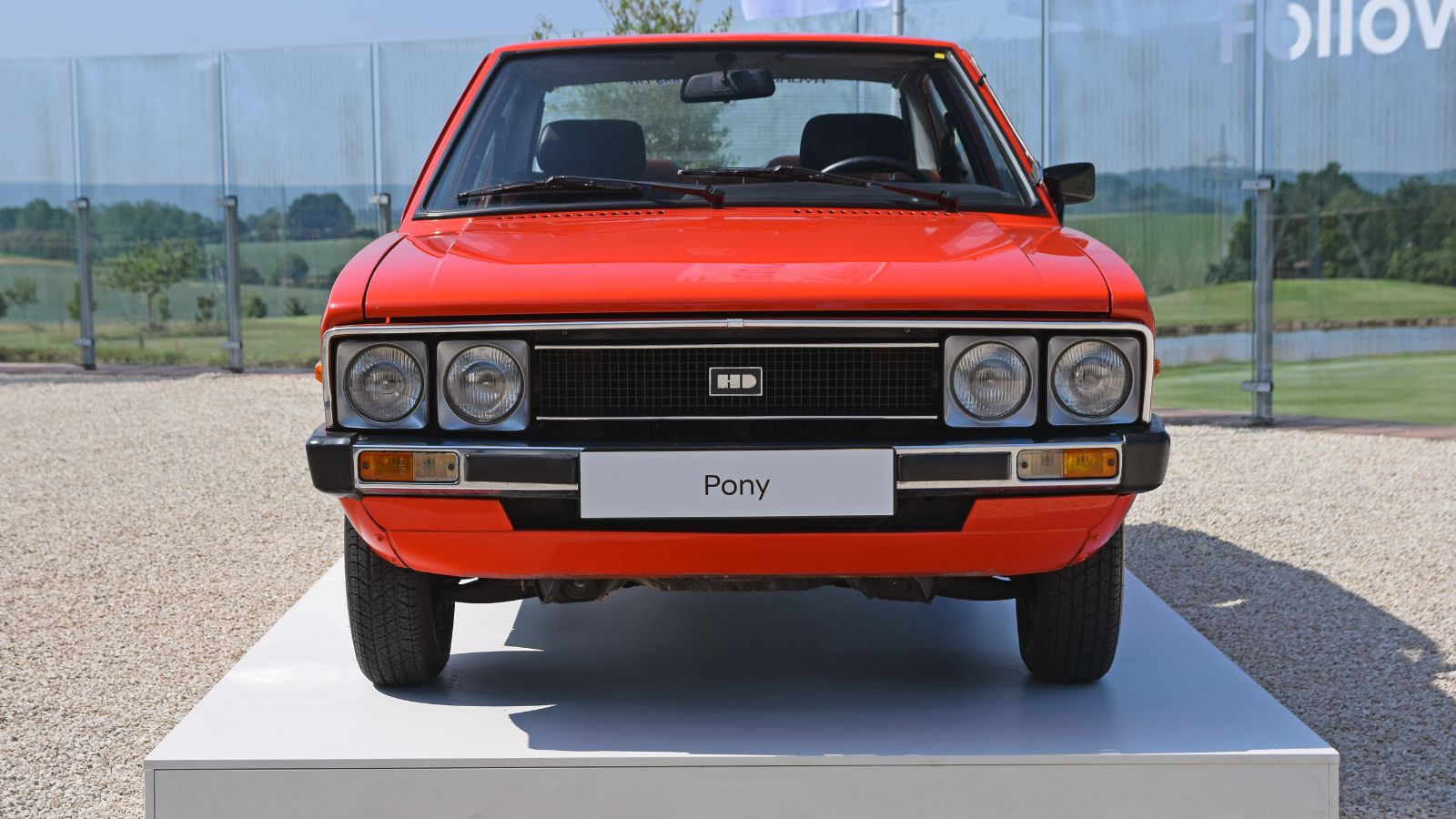
The Pony was Canada’s first taste of Korean automobiles, and it tasted like despair. Sure, it was cheap. But so is duct tape, and that does not mean you should commute in it. The gear changes felt like you were shifting a broomstick into a sack of marbles, and the build quality could be measured in hours.
Ford EXP
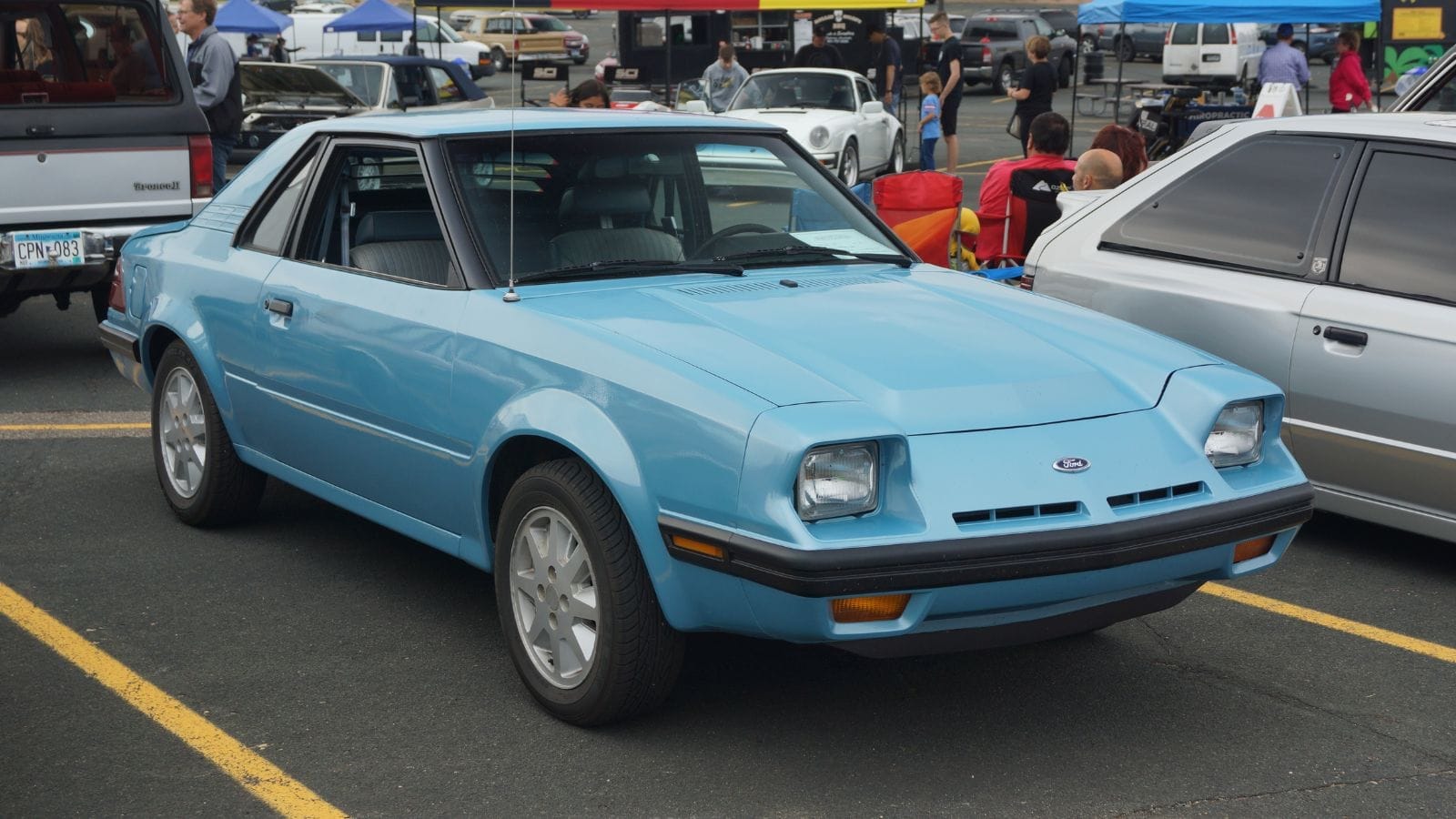
This was Ford’s attempt at a sporty two seater for people who did not actually like sport or style. The EXP had all the flair of a block of cheese and the acceleration of a provincial ferry. It looked like the Escort forgot to finish puberty and drove like it resented being alive.
Renault Alliance
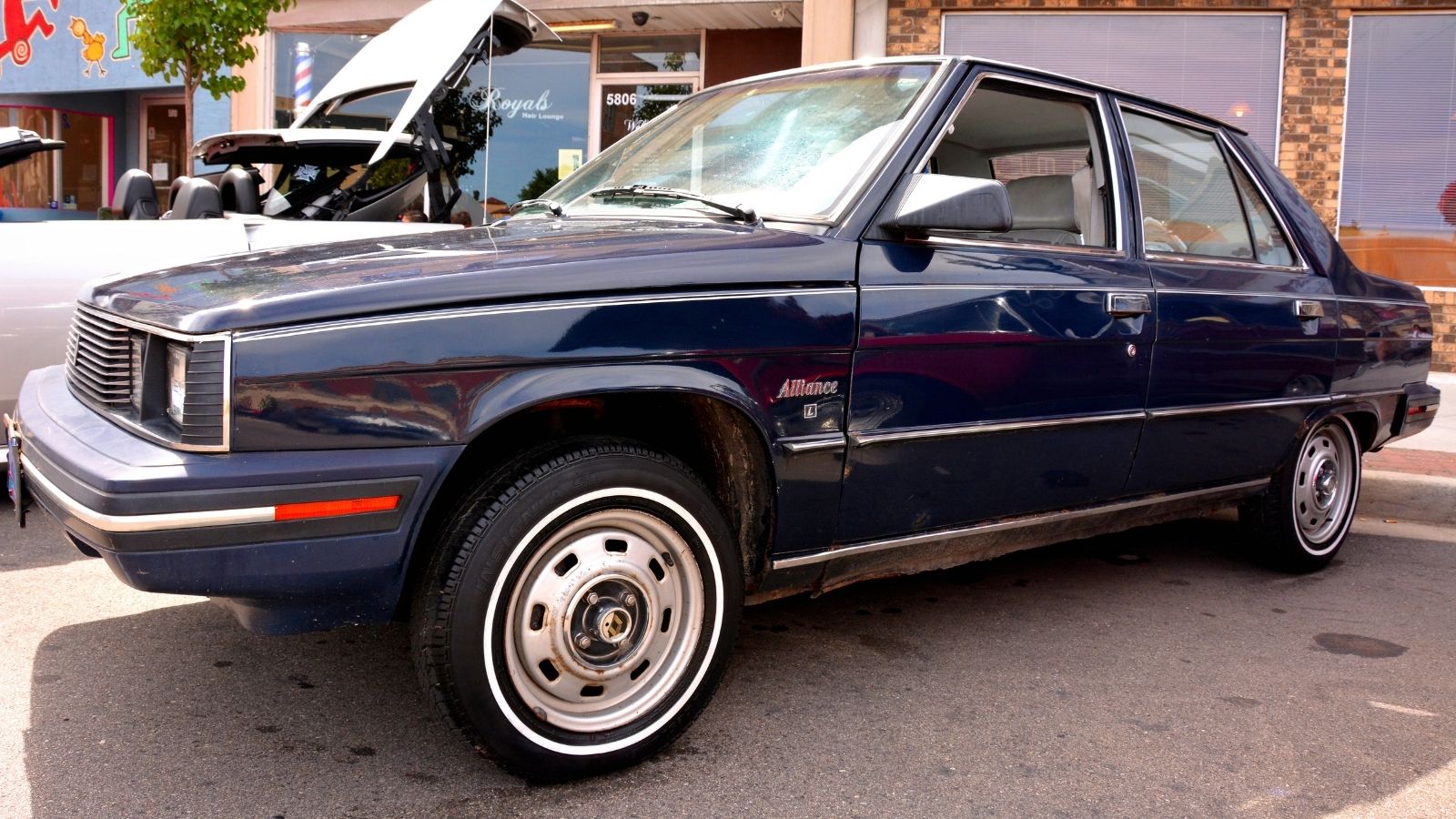
The Renault Alliance was a French car built in North America, which means it was exactly as reliable as that combination suggests. The styling was boring, the suspension soggy, and the interior smelled like melted crayons. It came with Gallic charm and a warranty you would need to memorize because you would be using it weekly.
Dodge Omni and Plymouth Horizon
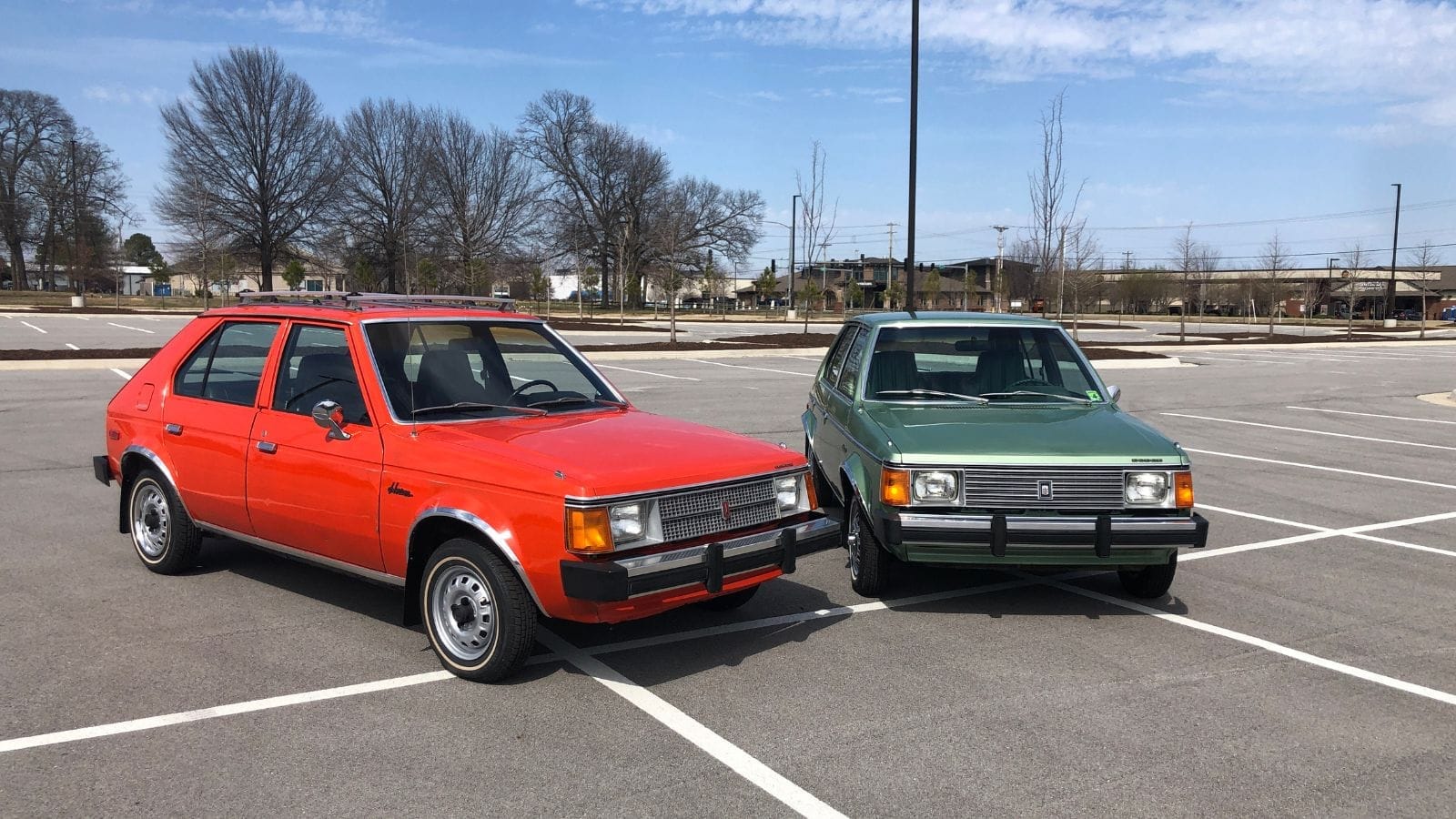
These twins were meant to be Chrysler’s answer to the Volkswagen Golf. What Canada got was square, slow, and sad. The handling was vague, the engine sounded like a vacuum cleaner being tortured, and the seats felt like they were stuffed with pancake batter. The best part was the price and even that felt like too much.
Chevrolet Celebrity
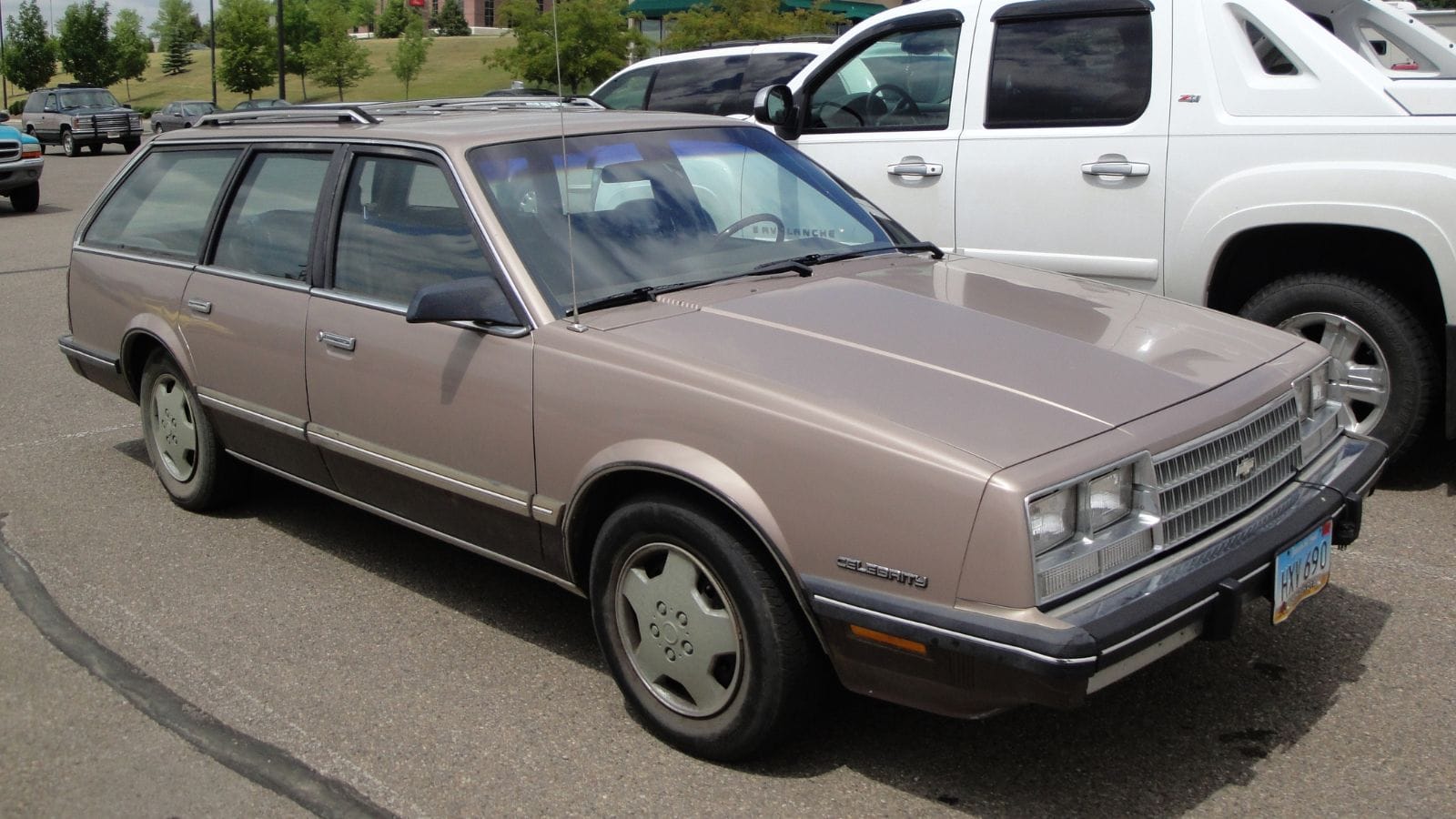
The name was ironic. The only thing famous about this car was how hard it was to tell apart from every other GM sedan from the 1980s. The Celebrity was underpowered, overbuilt, and as exciting as a tax seminar. If boredom was a vehicle, this was it.
Suzuki Samurai
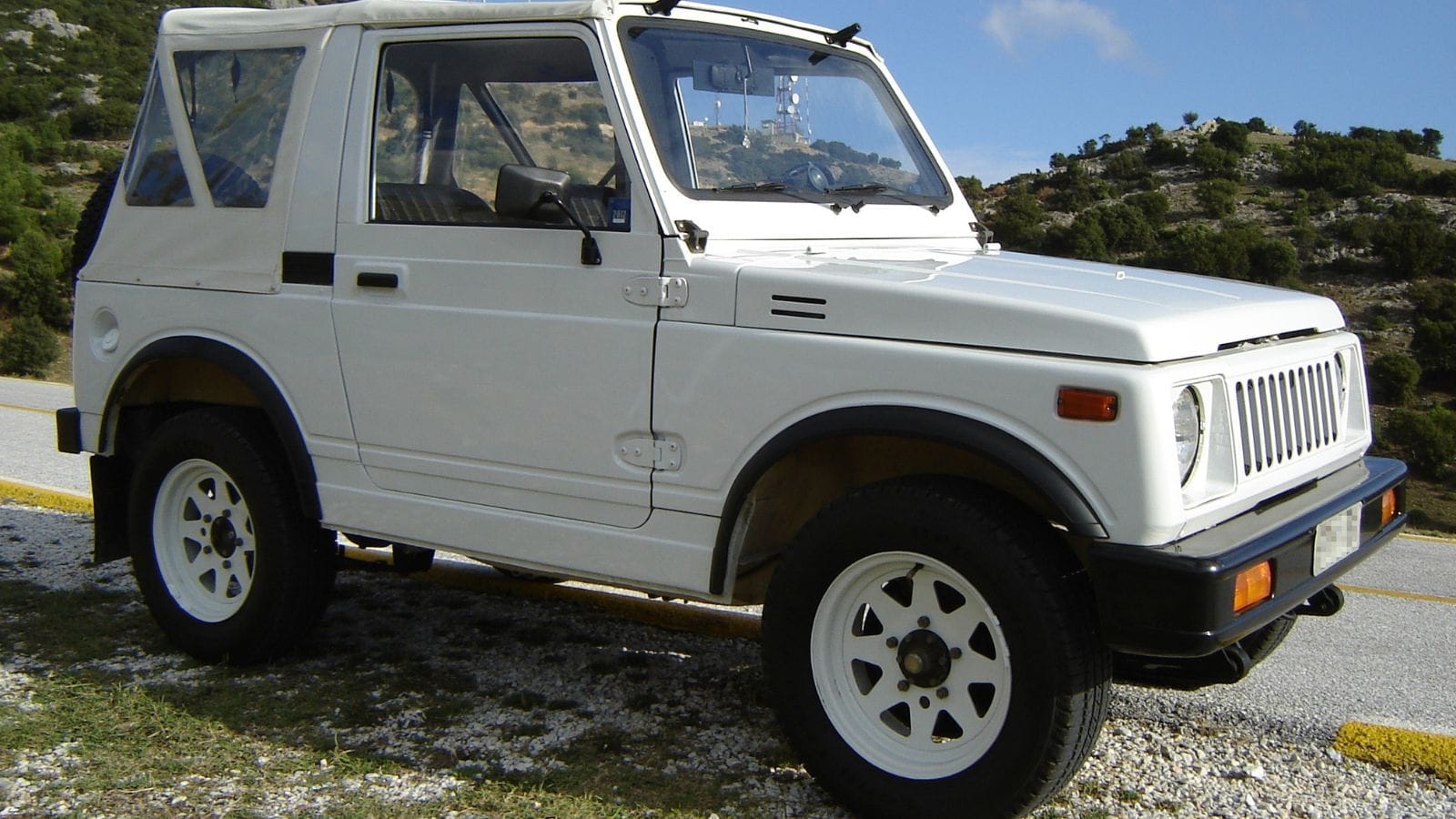
The Samurai was cute. It was also deeply flawed. It flipped over if you sneezed too hard, offered zero insulation, and sounded like a sewing machine operating at redline. Driving one on a windy Canadian highway felt like an involuntary bungee jump.
Datsun 210 and Nissan 210
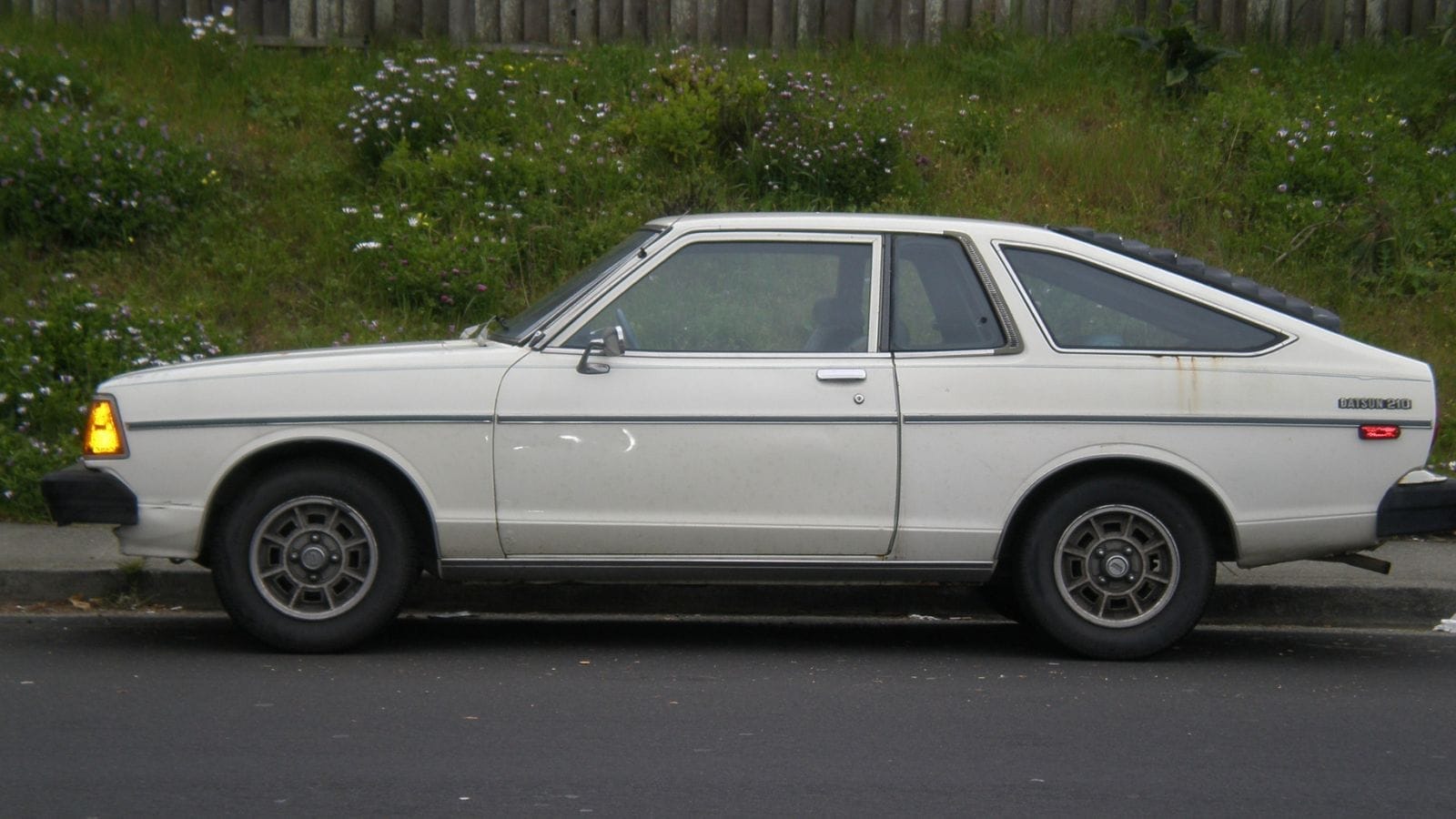
This car represented Nissan’s awkward teenage years. The Datsun 210 was underwhelming in every measurable way. Acceleration was glacial, comfort was nonexistent, and the styling was invisible. If you wanted the excitement of driving a washing machine with a driver’s seat, this was your dream come true.
Isuzu I Mark

With a name that sounded like a failed software product, the I Mark offered nothing memorable except for being impressively forgettable. It had a gutless engine, an uninspired design, and build materials that could politely be called recycled. The diesel version smoked like a chimney and made less power than a teenager on a BMX bike.
AMC Eagle Wagon

The Eagle was ahead of its time. It was also incredibly weird. Half off roader, half station wagon, and all confusion. It lumbered down the road like a drunken moose and looked like someone built it using leftover parts from a snowplow and a cabin cruiser. It rusted faster than a kettle and handled like a pile of furniture on wheels.
Mercury Lynx
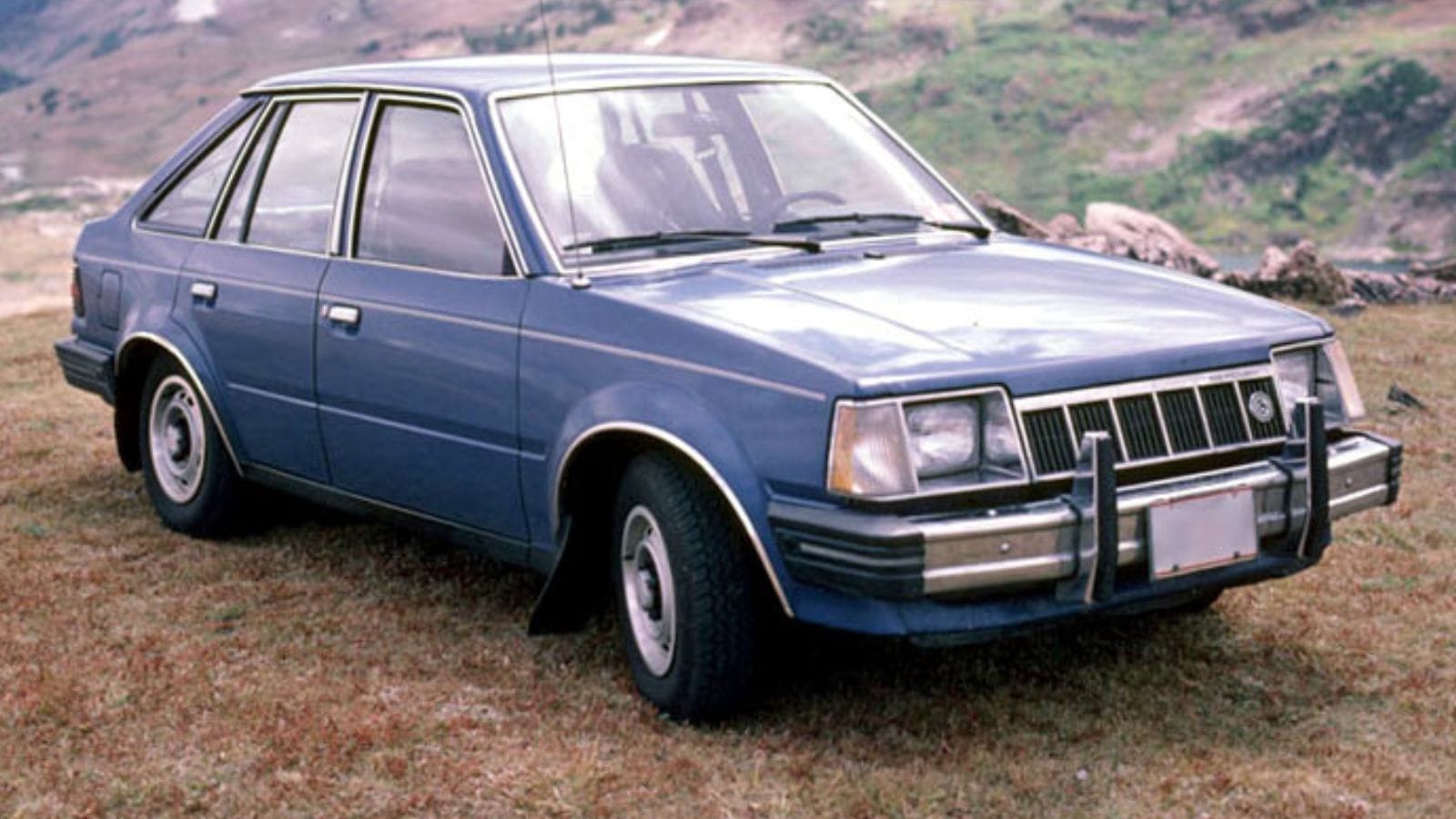
The Lynx was a rebadged Ford Escort which is to say, it was not special the first time and did not get better with repetition. It looked like a shoe box, had the personality of wet toast, and the build quality of an impatient Lego set. Most were abandoned in fields by the early 1990s.
Chrysler LeBaron Convertible
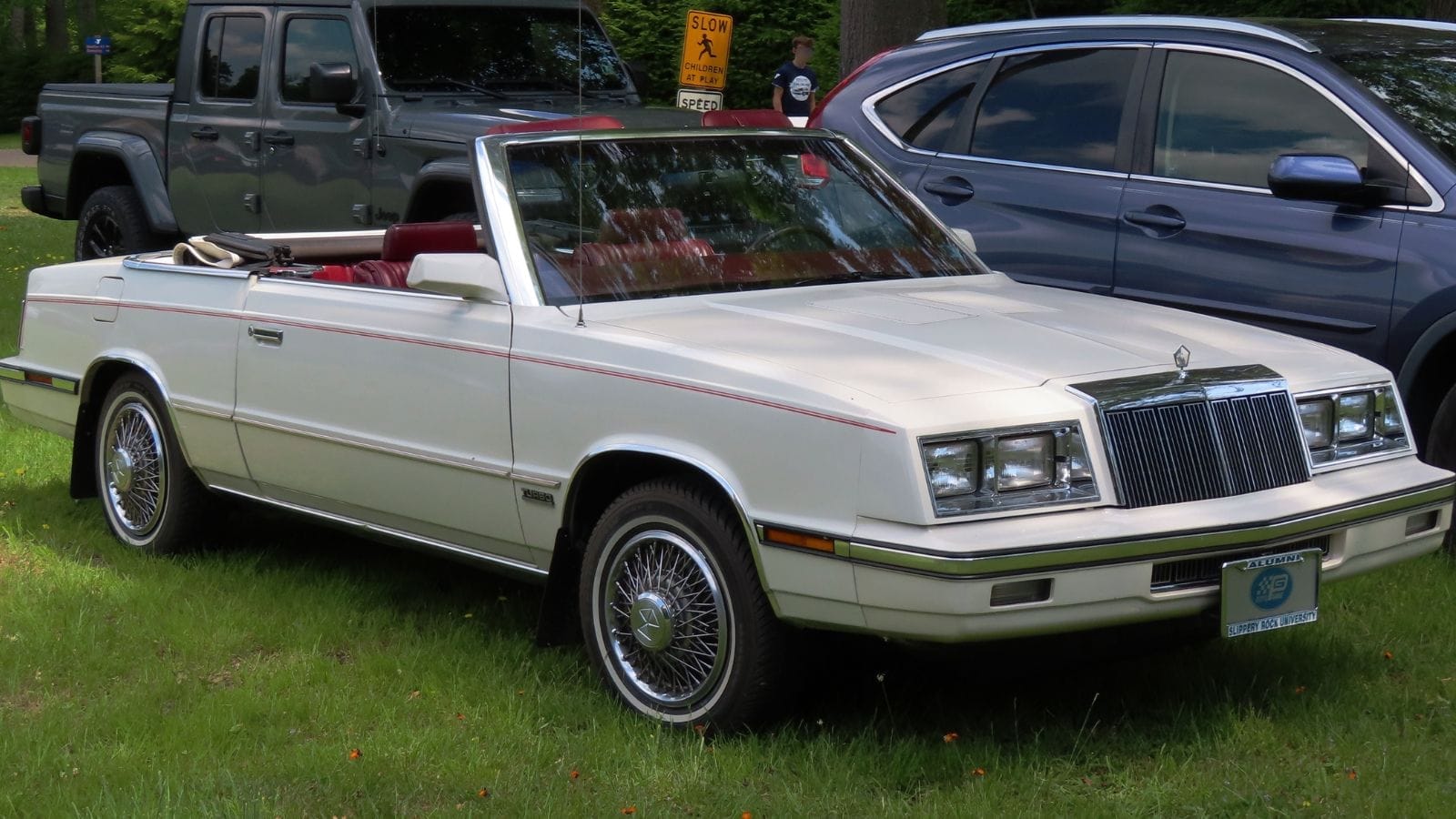
It wanted to be classy but drove like a drunk uncle at a wedding. The convertible LeBaron flexed like a pool noodle over speed bumps and leaked every fluid except maybe windshield washer. It was an embarrassment wearing a padded roof and chrome trim like it meant something.
Peugeot 505
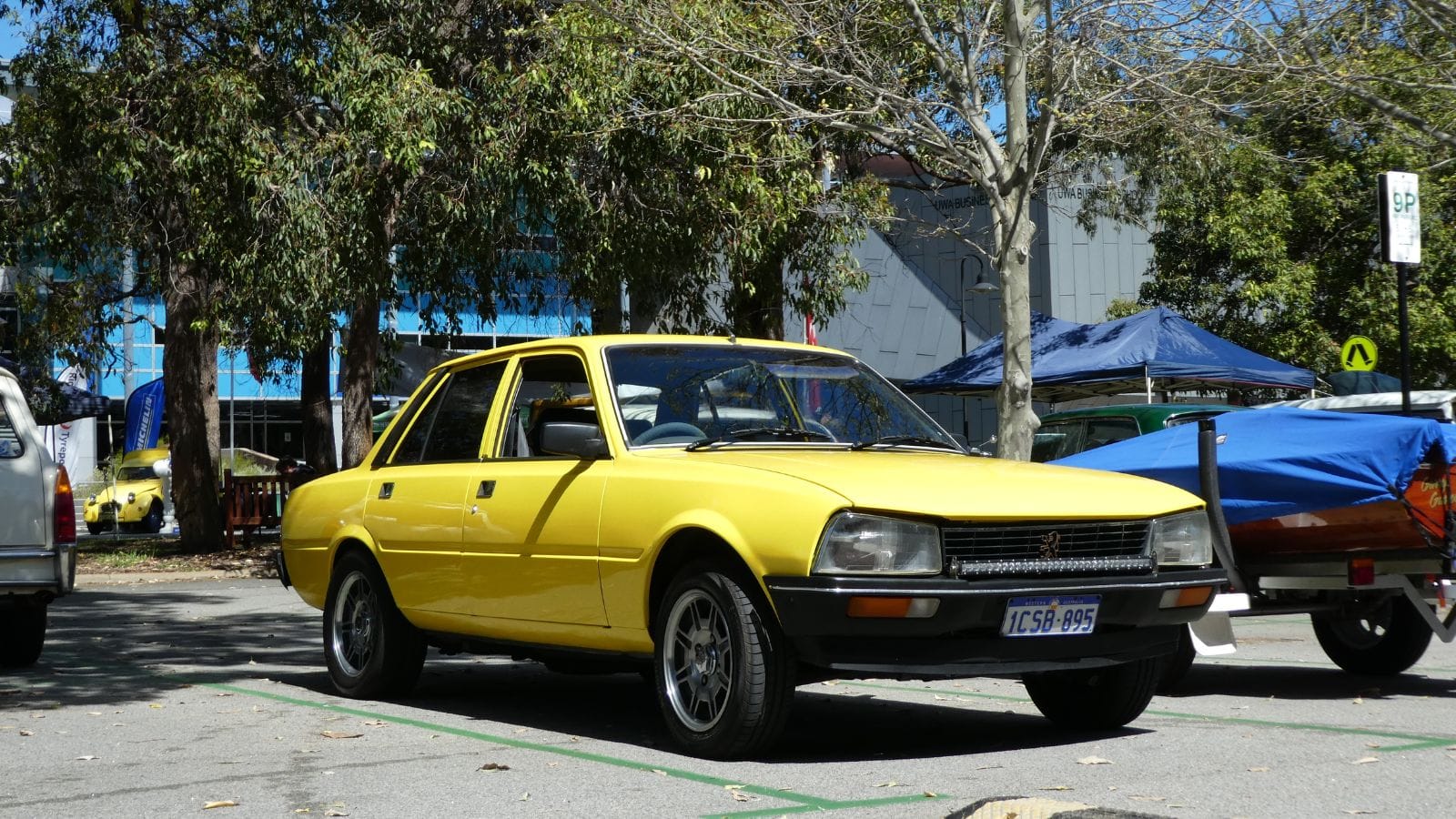
Canada got a small taste of French luxury in the form of the 505. Unfortunately, it was about as reliable as a snow forecast in April. The ride was soft, the interior was plush, and the electrical system had the stability of a squirrel on espresso. When it worked, it was fine. The rest of the time, you took the bus.
Oldsmobile Firenza
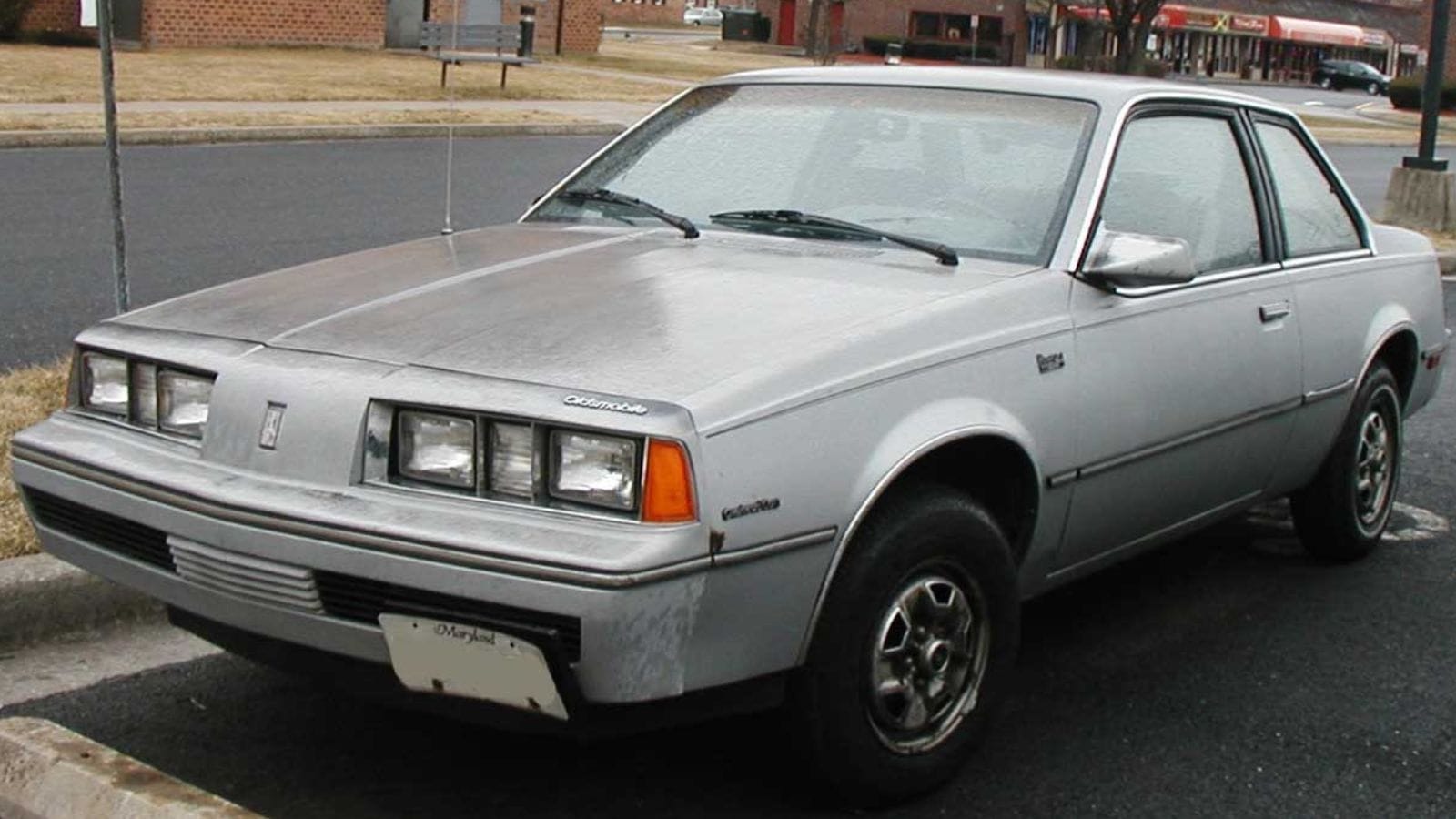
Another GM clone of a clone of a clone. The Firenza was a dull slab of metal built for people who truly did not care what they drove as long as it moved. Interiors wore out faster than tube socks and engine mounts disintegrated at the mere hint of excitement.
Volvo 240 Diesel
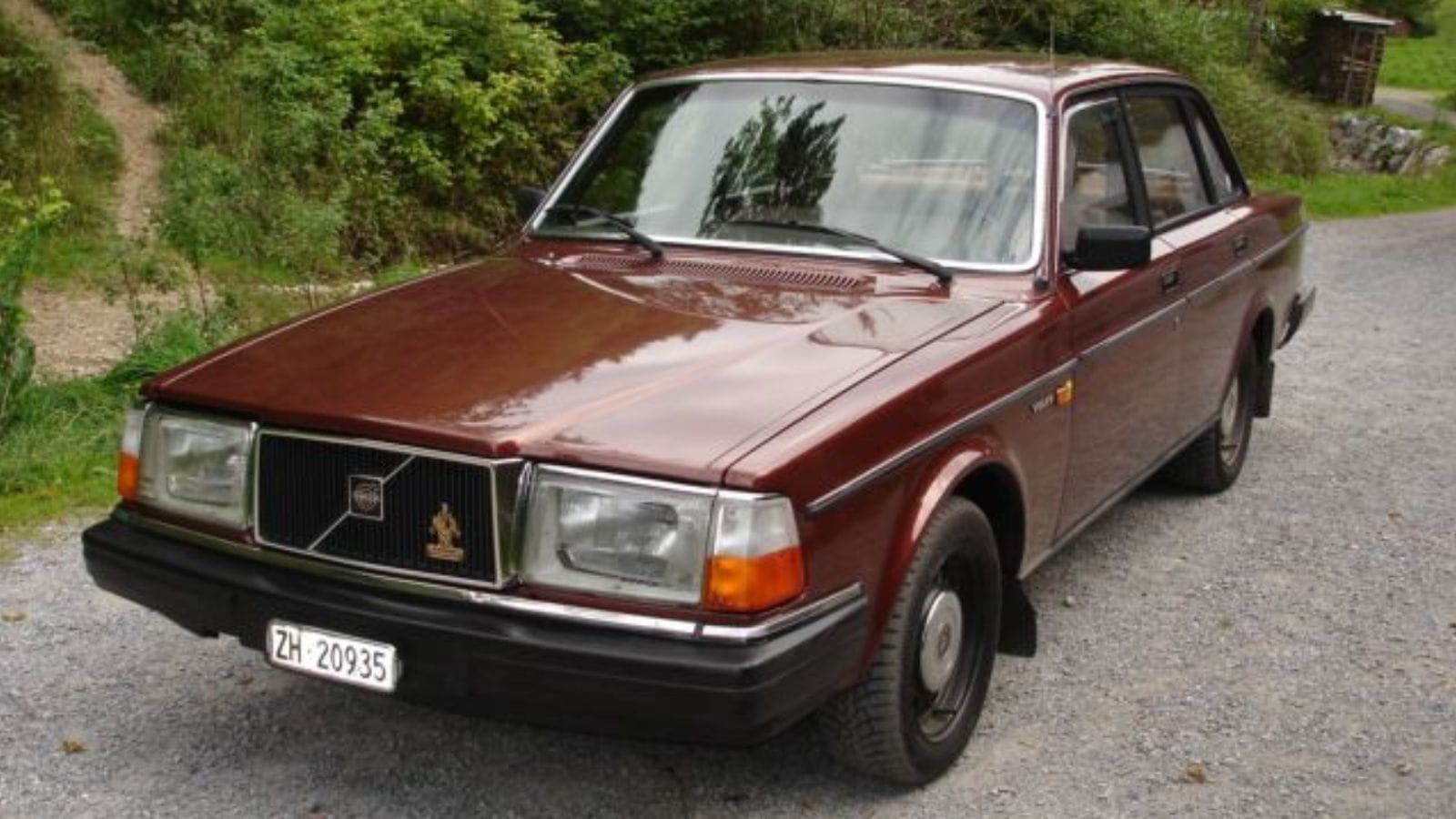
Volvo’s 240 is remembered fondly by some, but not the diesel version. That one took slow to new levels. It had the aerodynamic profile of a brick and the pulling power of an old goat. The diesel clatter was loud enough to scare geese, and winter starts required prayers, jump leads, and patience.
Chevrolet Sprint
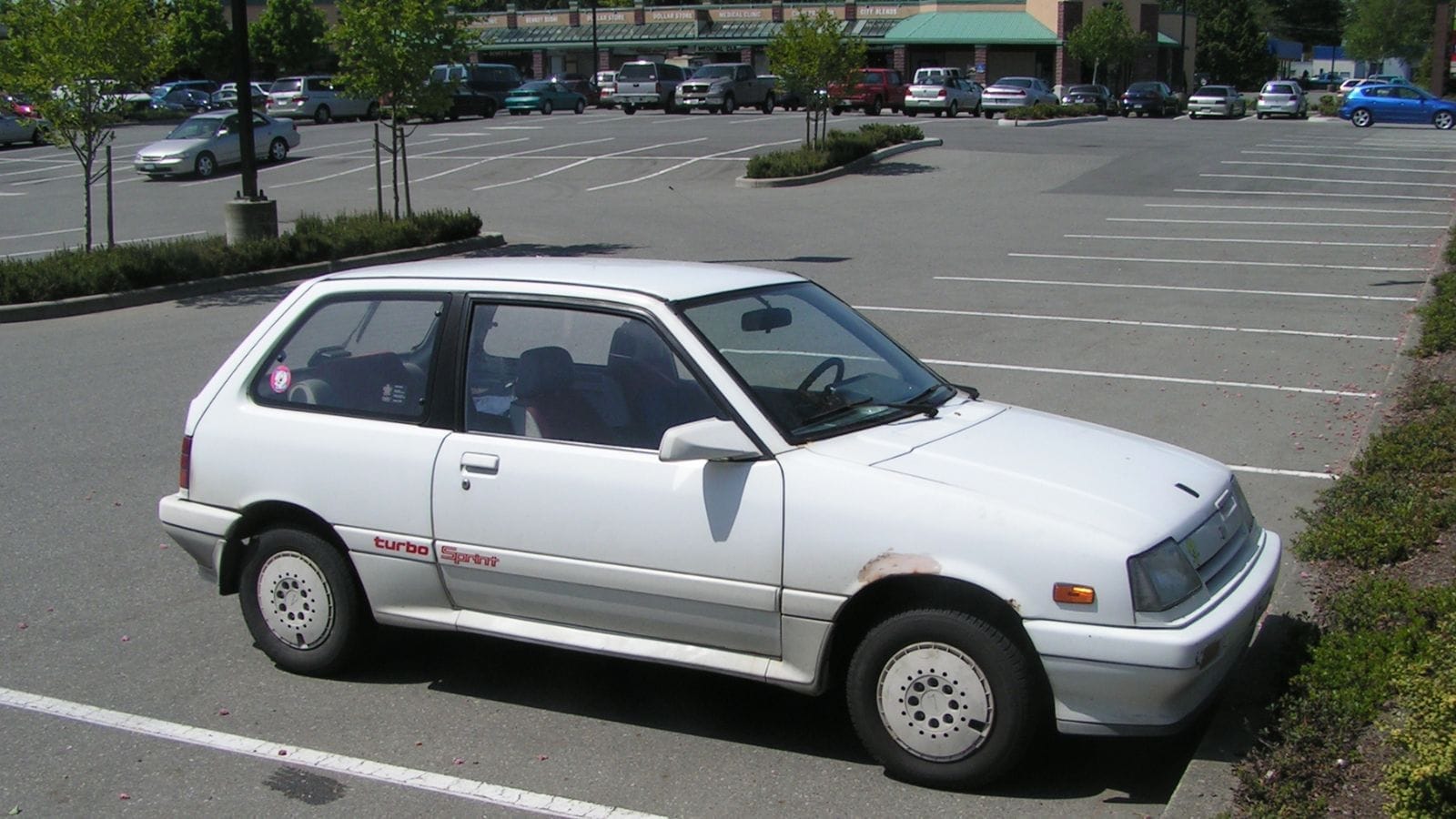
This budget car was a rebadged Suzuki Cultus and looked like it had been drawn by a six year old with a ruler. It did sip fuel, but it also rattled, buzzed, and vibrated like a blender full of coins. With three cylinders and about as much torque as a cordless drill, it barely kept up with traffic and hated hills.
Lada Signet
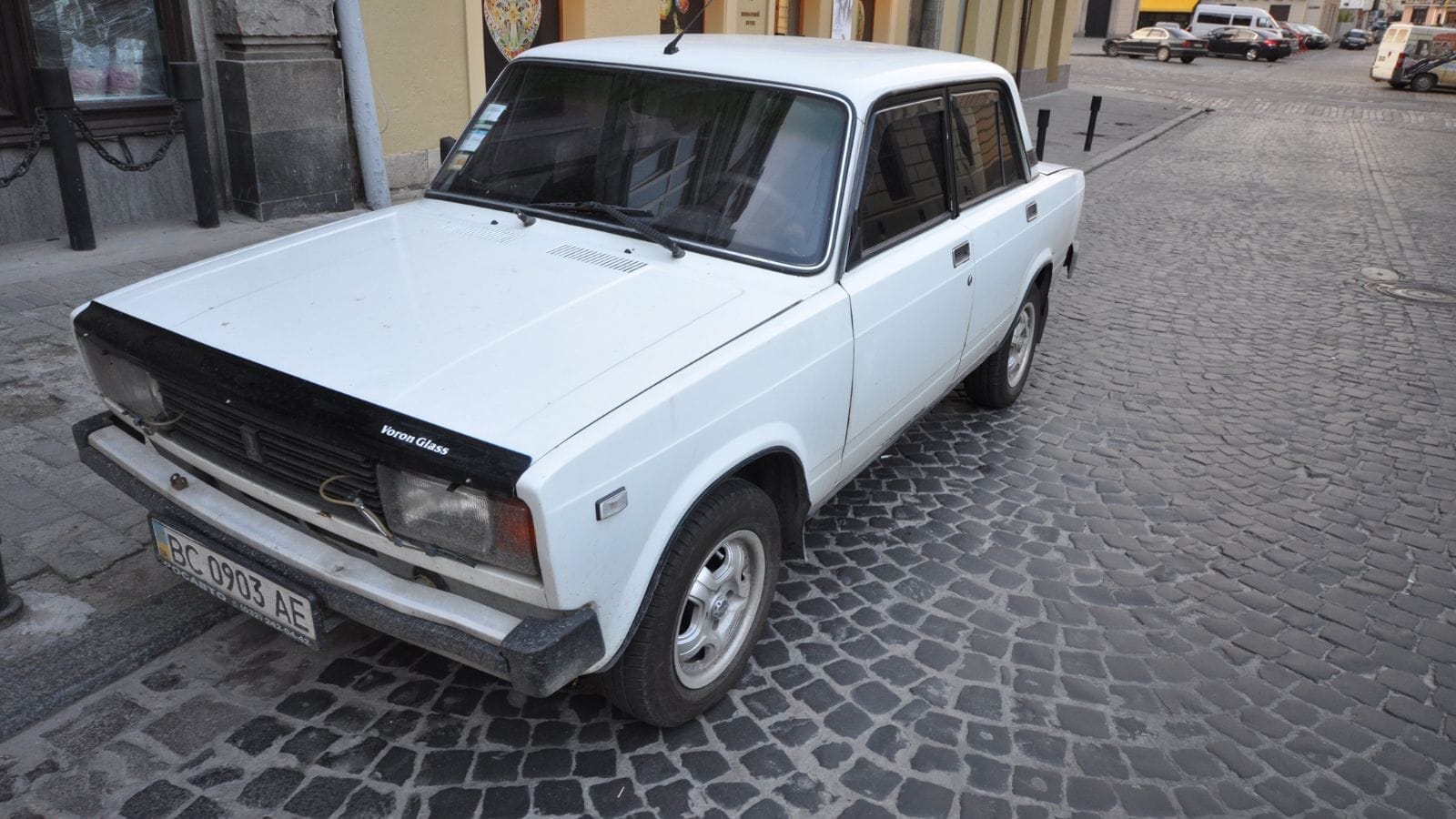
Ah yes, the Cold War’s gift to the Canadian driver. The Lada Signet was boxy, basic, and built with metal that oxidized on contact with air. The clutch was stiff, the gearbox was vague, and the ride comfort ranked somewhere between go kart and ox cart. Still, it started in winter better than most Western cars, mostly because it was forged from the same materials as old tanks.
A Decade of Design Despair
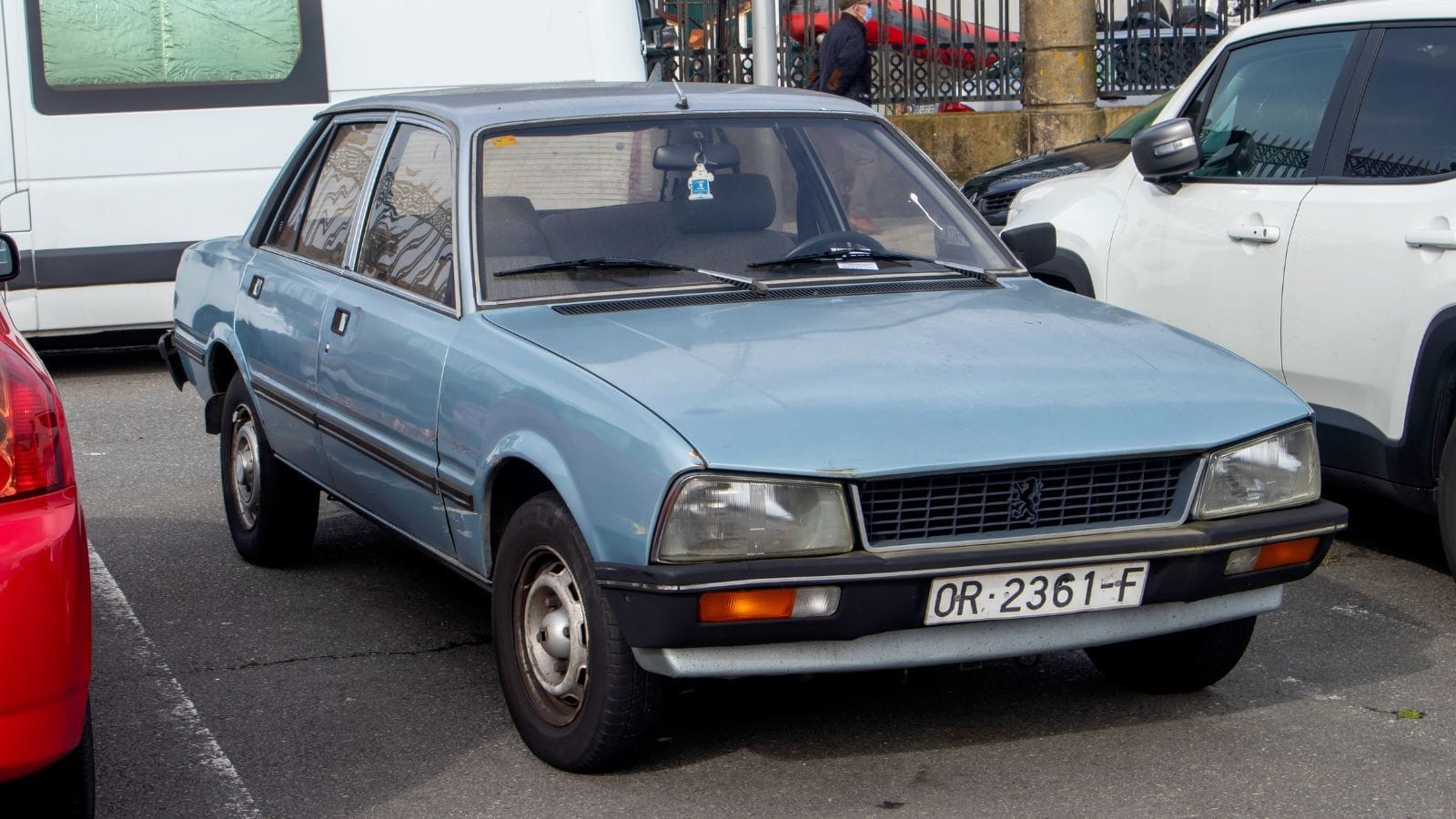
The 1980s were unforgettable. Unfortunately, so were many of the cars that rolled off dealer lots in Canada. These vehicles were bland, bizarre, and baffling, cobbled together by cost cutting committees and marketing departments high on shoulder pads and cassette singles.
But we can laugh about them now. And that is what makes this list special. Because if you survived a winter commute in a Yugo, a LeBaron, or a Peugeot 505, you earned the right to tell your grandkids that cars used to be worse. Much worse.
21 Products Canadians Should Stockpile Before Tariffs Hit

If trade tensions escalate between Canada and the U.S., everyday essentials can suddenly disappear or skyrocket in price. Products like pantry basics and tech must-haves that depend on are deeply tied to cross-border supply chains and are likely to face various kinds of disruptions
21 Products Canadians Should Stockpile Before Tariffs Hit
